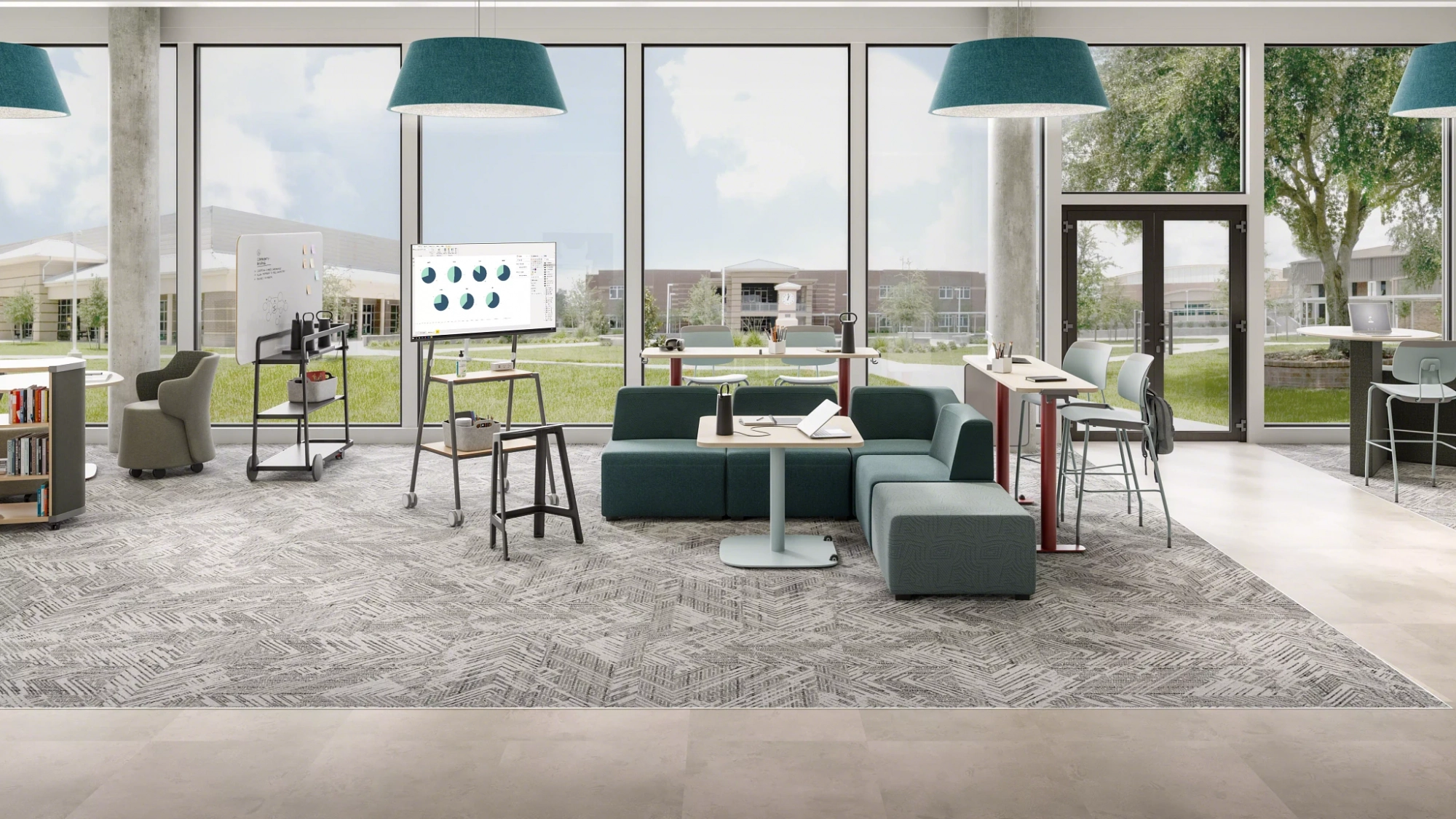Moving has a way of teaching you to take stock. It forces you to consider what is worth keeping, what needs to be thrown away, and what needs replacing. Taking stock is common for many businesses moving into new office space. They realize some items will not work in a new work environment and others are best new.
However, the company interested in saving money will do well to bring their higher quality, functional furniture with them. When this is the case, it pays to hire an expert commercial installer to reconfigure the furniture for their new space.
Why Reconfigure?
Reconfiguring furniture saves money and makes furniture work in your new space. If your furniture is in good shape, bringing it to a new space is like giving it a second life. Any time you can reuse items, that is money in your pocket.
But why not just set things up exactly how they used to be? There are three main reasons reconfiguring furniture is best. First, moving into a new space sometimes requires working with items the last tenants left behind.
A great example of this situation is OEC’s client, Boise Hunter Homes (BHH), moving into an office with existing privacy wall. In this space, all the offices hugged the perimeter of the building, separated from the interior by tall, glass privacy walls. The glass walls allowed natural light into the core of the building while providing privacy for each office.
BHH loved the space and wanted to keep the privacy walls, but they needed to make changes to fit their company. OEC had installed the original privacy wall, so they could reconfigure some panels to reshape and even add offices. Reconfiguration allowed BHH to transform its office with minimal downtime or cost.

Why Space Planning Is Vital In Reconfiguration
Second, a new space entails a different flow. Your furniture should complement the architecture of the new space and help support your company’s culture. Doing this right requires experts in space planning and design.
OEC’s design team works with each client to learn their vision for the space and their pain points. Then they can fix those pain points by correctly positioning the existing furniture in the space. They also account for power accessibility, safety requirements, and sound management. Successfully implementing a reconfiguration is impossible if you don’t have an experienced designer working through these logistics.
Reconfiguring Without The Move
Finally, not all companies that reconfigure their space are moving. Boise State University is one such example of reconfiguring existing space. BSU needed a workstation, and they decided to add it to a pre-existing station.
OEC’s reconfiguration service team built the station using existing wall panels and a few new joining parts. By working with the OEC design team, the installers know which pieces to use, where to put them, and which new items to add. It made for a smooth installation that allowed BSU to make more of its existing space.
Whether moving or staying put, reconfiguration allows you to reuse existing furniture to reimagine your space.
See Boise Hunter Homes project today!
Receive our Newsletter
To receive our newsletter, including new editions of spaces and other digital content, fill out the form below:



